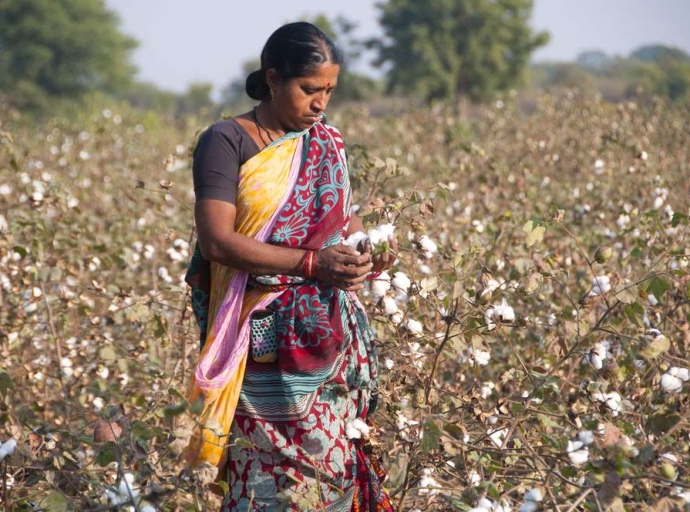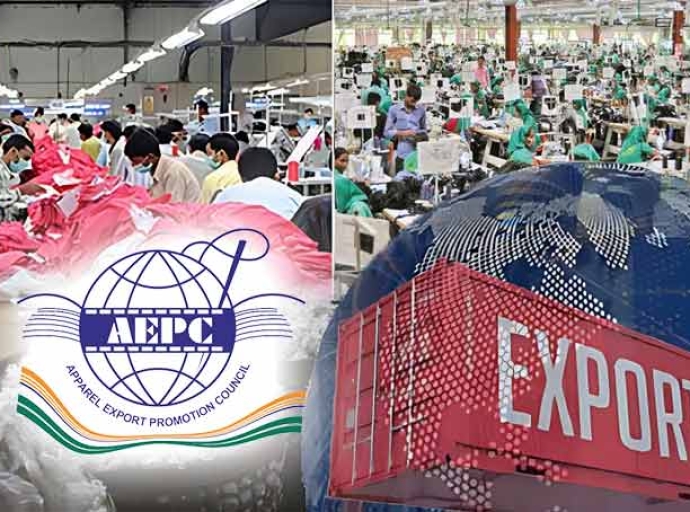19 October 2023, Mumbai
The metaverse, a virtual world that offers endless possibilities for social media users and fashion enthusiasts, is fashion's new horizon.
The internet and fashion are constantly evolving, and the metaverse is the latest frontier.
A close look
This virtual world offers designers and customers new ways to experiment with fabrics, designs, garments, and accessories.
It also enables more than just fashion purchases, facilitating brand management, supply chains, recruitment strategies, career and education prospects, and customer experience.
The metaverse is still developing, but it promises to change the fashion industry in amazing ways.
Key Points
- The Metaverse: Fashion's New Horizon: The metaverse is a virtual world that offers new opportunities for fashion designers and consumers.
- How the Internet is Changing: The Internet is constantly evolving and expanding, and the metaverse is its newest domain.
- How Fashion is Changing: The fashion industry is also changing dramatically, moving away from fast fashion towards more sustainable practices and adopting advanced technologies like augmented reality (AR) and virtual reality (VR).
- How the Metaverse and Fashion are Compatible: The metaverse is ready to transform the fashion scene, giving a new platform for designers, brands, and consumers to experiment with.
- How Designers Can Express Themselves: In the metaverse, designers can unleash their imagination, without any physical constraints, and display a variety of fabrics, designs, garments, and accessories.
- Customers can choose functionality over aesthetics: Customers can also choose functionality over aesthetics through easy-to-use interfaces designed for different purposes, such as 3D experiences, gaming, virtual worlds, NFTs, AR, and VR.
- How the Gulf Region is Leading the Way: The Gulf countries are well-placed to lead the metaverse fashion movement, thanks to their young, tech-savvy population and favorable regulatory environment.
- How the Metaverse is More than Fashion: In the metaverse, fashion goes beyond just buying clothes. It enables innovative brand management, efficient supply chains, novel recruitment methods, improved career and education opportunities, and the creation of a unique and immersive customer experience.
- How the Future Looks Bright: The metaverse is still in its early stages, but it has the potential to revolutionize the fashion industry in ways that are hard to imagine. With its unlimited possibilities and immersive experiences, the metaverse is set to be fashion’s new horizon.
5 key insights :
- Metaverse: Fashion's new frontier
- Virtual world, endless possibilities
- Designers and customers experiment
- More than fashion purchases
- Revolutionizing the fashion industry
In Summary
The metaverse is a virtual world that offers new opportunities for social media users and fashion enthusiasts. It allows designers and customers to experiment with different fabrics, designs, garments, and accessories. It also enables more than just fashion purchases.
It facilitates brand management, supply chains, recruitment strategies, career and education prospects, and customer experience.
The metaverse is still developing, but it promises to change the fashion industry in amazing ways. The metaverse is fashion’s new horizon.

































